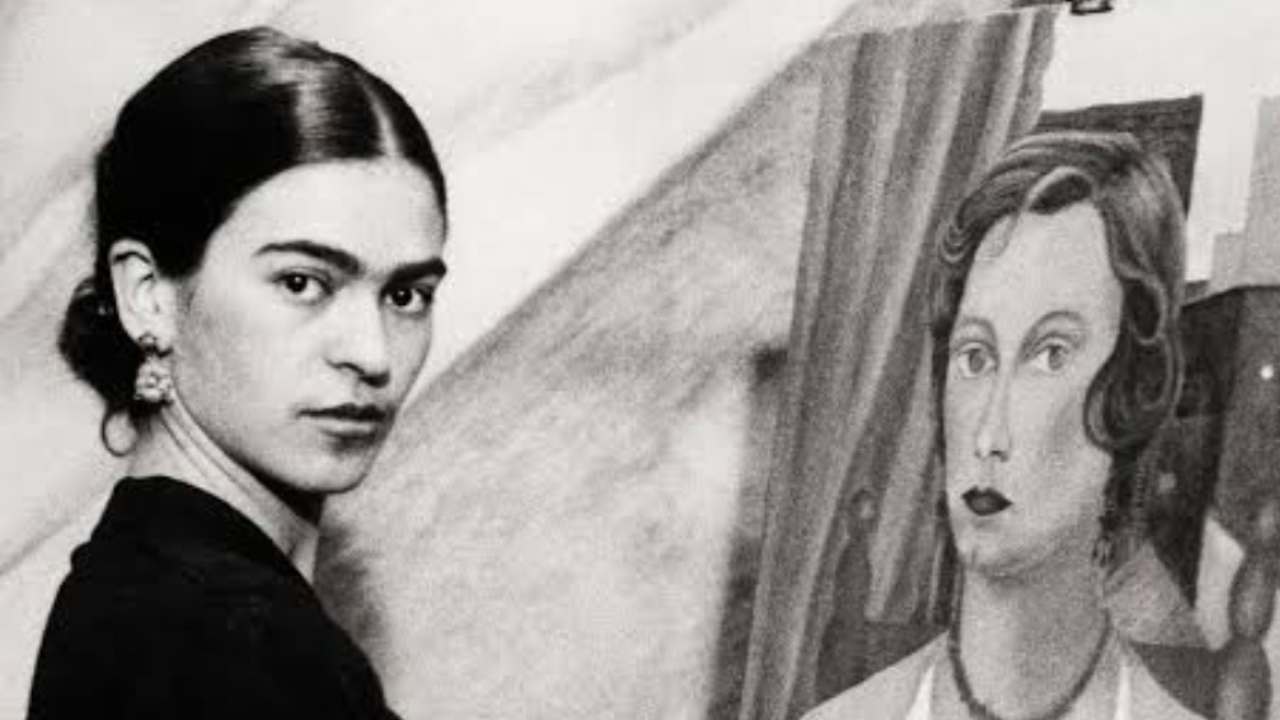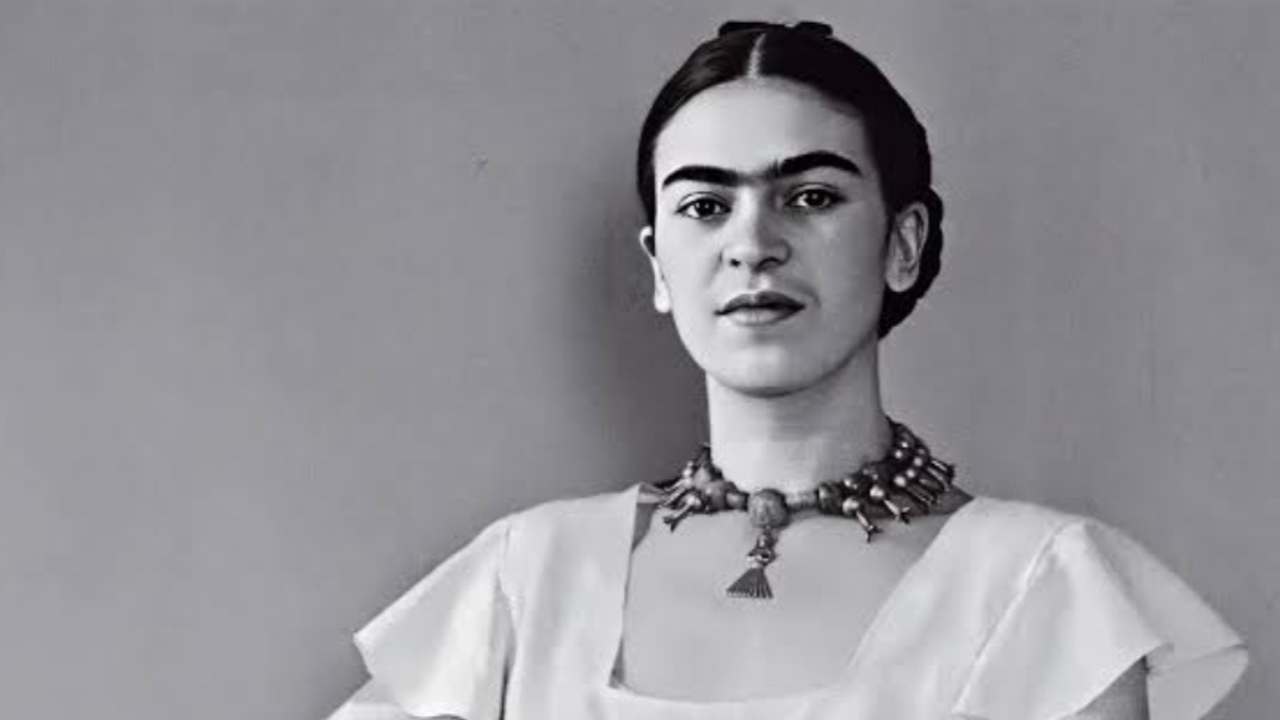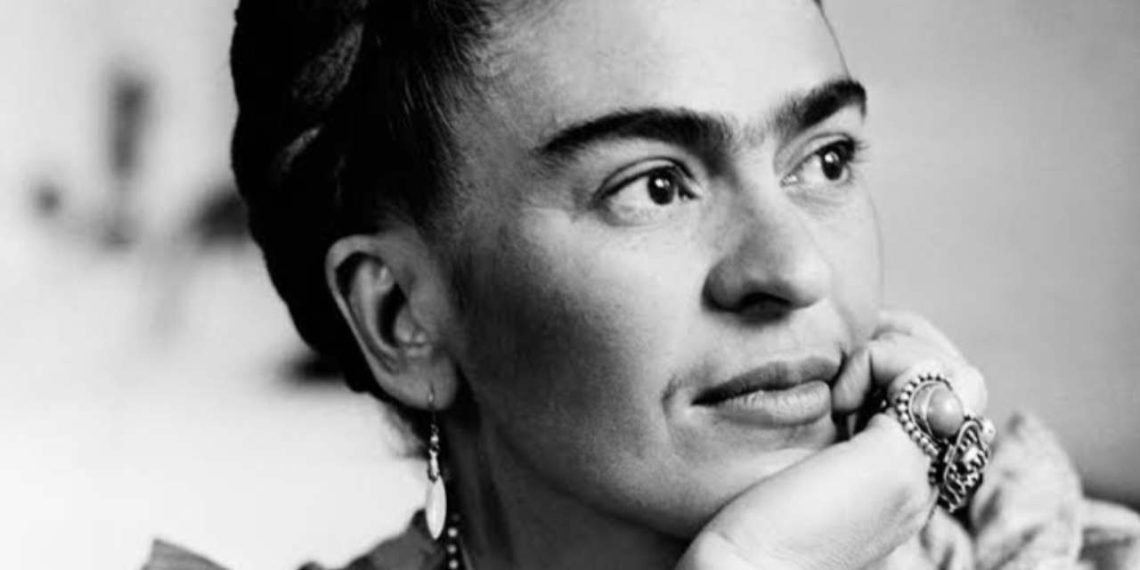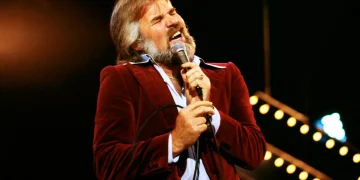Frida Kahlo wrote that poignant entry in her diary just days before her passing. The quote reads:
“I hope the exit is joyful – and I hope never to return – Frida.”
This line reflects her complex relationship with life and death, shaped by her physical suffering and emotional turmoil, but also her deep connection to Mexican culture, which often views death as a natural and sometimes even celebratory transition.
Frida’s health had been declining in the years leading up to her death in 1954, and she faced immense physical pain, yet she maintained her passionate spirit until the end.
The official cause of Frida Kahlo’s death was recorded as a pulmonary embolism, but, no autopsy was conducted. This has led to various theories and speculations regarding the actual cause of her death.

Given her history of chronic pain, multiple surgeries, and lifelong health issues, along with her known dependence on painkillers, some have speculated that she may have intentionally overdosed on medications as a means to end her suffering.
These conspiracy theories gained traction because of the ambiguity surrounding her final days and her increasingly frail condition.
Additionally, Kahlo’s personal struggles with both her physical and emotional health, as well as her provocative and unconventional lifestyle, fascinated the public.
As with many iconic figures, Kahlo’s mysterious death continues to fuel discussions, but without conclusive evidence, the theories remain speculative.
Just days before her death, Frida Kahlo did attend a political rally in her wheelchair, demonstrating her enduring commitment to activism despite her declining health.
The rally was in protest of the CIA-backed coup d’état against Guatemala’s democratically elected president, Jacobo Árbenz, in 1954.
Frida Kahlo had long been an outspoken advocate for Marxism, communism, and revolutionary causes, and her participation in this protest exemplified her unwavering political spirit, even as her physical condition worsened.

She passed away on July 13, 1954, at the age of 47. Her attendance at the rally, so close to her death, is often seen as a testament to her dedication to political activism, a major aspect of her life alongside her art.
Despite her pain and frailty, she remained engaged with the world around her, advocating for the causes she believed in until the very end.
This poignant moment of defiance against injustice has become a key part of her legacy as both an artist and a political figure.
The theory that Frida Kahlo may have died by suicide stems from both her deteriorating health and her emotional state during her final days.
In the months leading up to her death, Frida was suffering from extreme physical pain due to complications from numerous surgeries, the amputation of her right leg, and her battle with lifelong illnesses.
The diary entry, where she expresses frustration and draws a black angel, is often interpreted as a sign of her emotional and physical exhaustion, and some see it as a possible indication of suicidal thoughts.
Kahlo’s immense zest for life, her vibrant personality, and her artistic energy are well-documented, but as her health declined, her quality of life diminished significantly.
The absence of an autopsy and the suspicion of an overdose have given rise to the belief that she may have taken her own life to escape her suffering.
The uncertainty surrounding Kahlo’s death, combined with her enigmatic life, inspired playwright Odalys Nanin to explore these themes in her work Frida: Stroke of Passion, which premiered in February 2020.
Nanin, a queer Mexican artist who feels a personal connection to Kahlo, delves into the complexities of Kahlo’s eccentric life and the mystery of her death.
The play offers a unique exploration of Kahlo’s final days, portraying both her passion and her possible struggle with the idea of death as an escape from her suffering.
While the true cause of Kahlo’s death remains uncertain, the ambiguity has only deepened public fascination with her life and legacy.




